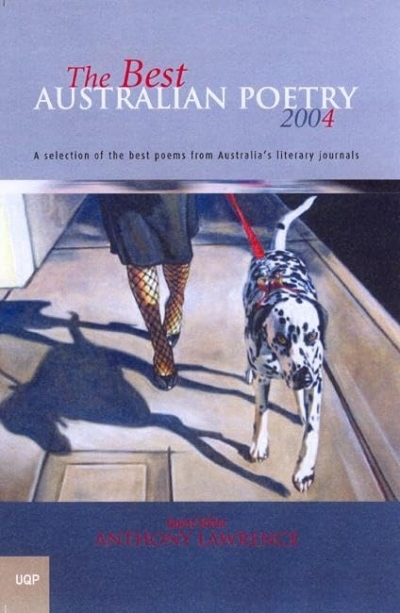Literature
After Netflix’s intriguing sci-fi thriller 3 Body Problem streamed into Australia earlier this year, readers rushed out in droves to buy the book on which the series is based: Liu Cixin’s The Three-Body Problem (2008), which was first translated into English in 2014. Most reviews have focused on the philosophical, literary, and cultural aspects of the book – and they are, indeed, fascinating. But the thing that interests me here is the accurate scientific detail that Liu uses to drive the story. Of course, this is sci-fi, so ultimately he presses real concepts into unreal (but imaginative) service. Still, much more physics and maths appear in his book than in the Netflix series, which, according to Tara Kenny’s review in The Monthly (April 2024), ‘offers a welcome workaround’ the science through visual effects. In the book, by contrast, ‘Lengthy passages are spent dutifully explaining physics theories and technological functionality, which is likely to deter readers who haven’t thought about science since they dissected a rat in high-school biology.’
... (read more)Gore Vidal (1925–2012) emphatically rejected any conventionally religious version of an afterlife. In an essay, ‘Armageddon?’ (1987), he contrasted his own view on the matter with that of Norman Mailer. ‘[B]ecause there is no cosmic point to the life that each of us perceives on this distant bit of dust at galaxy’s edge, all the more reason for us to maintain in proper balance what we have here. Because there is nothing else.’ Five years later, in Screening History, a meditation on the significance of cinema in his own life, Vidal suggested that the medium of film offers an alternative possibility of immortality.
... (read more)Ever Yours, C.H. Spence: Catherine Helen Spence’s an autobiography (1825–1910), diary (1894) and some correspondence (1894–1910) edited by Susan Magarey
Agenda edited by Patricia McCarthy & Jacket 28, October 2005 edited by John Tranter
This year for the third year in a row, Black Inc. is reprinting writing from HEAT in one of its ‘Best Australian’ anthologies, without seeking my permission as the magazine’s editor and publisher. They can do this because there is a legal loophole in Australia’s literary culture – literary magazines in this country do not normally have contracts with their authors. It is conventional to ask magazine editors for their permission before reprinting work that has appeared in their pages; but the fact is, if the author’s permission can be won it is entirely irrelevant, from a legal point of view what the magazine editor thinks.
... (read more)






